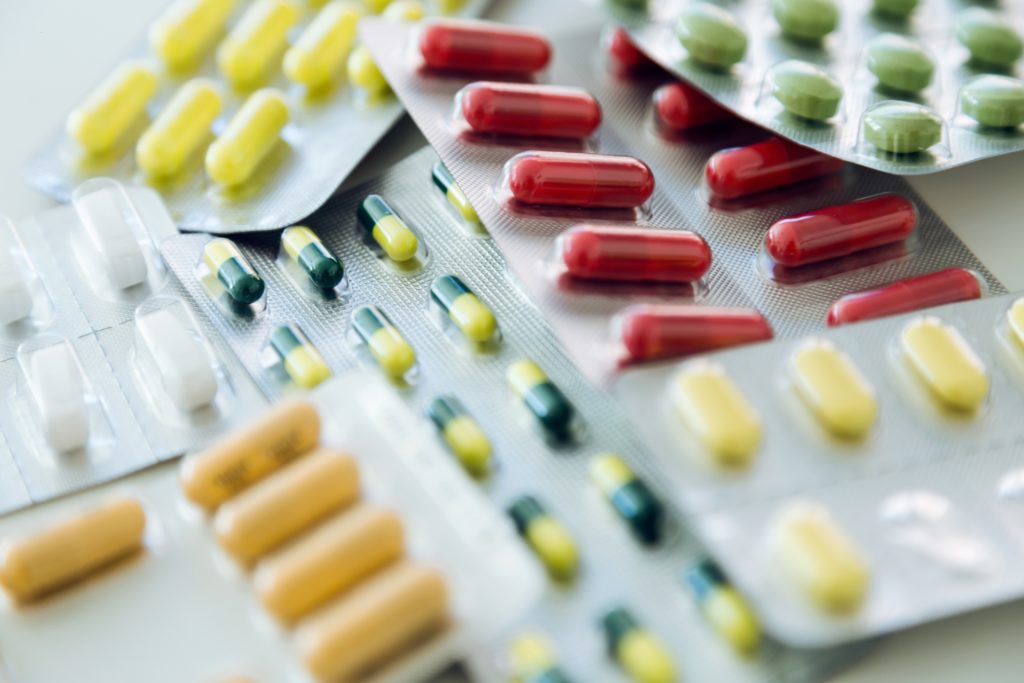In rhododendrons active ingredients for natural antibiotics stuck
Rhododendron as a possible source of new antibiotics
Rhododendrons are among the most popular ornamental plants in domestic gardens. In other countries, its flowers and leaves are used for centuries in traditional medicine. German researchers are convinced that in the plants are also agents for a new antibiotic stuck.
Dangerous Antibiotic Resistance
The increase of antibiotic resistance represents for humanity an ever-increasing risk. If the Problem is not brought soon under control, threatens researchers, according to a nightmare scenario. According to an older study by the Berlin Charité, there could be up to 2050, of around ten million Deaths due to multi-resistant germs. In the past few years, more and more governments and experts have announced that the fight against antibiotic resistance increase. Could help may be a Plant, grows also in many of the German in the garden.

Rhododendrons have long been used as a remedy
Rhododendrons are in your garden, rather than ornamental plants known. In other countries, the plants are used for centuries as a healing agent.
Already Roman sources tell of the exhilarating effects of the honey of the Plant, which is native to the Himalayas, explained to the Jacobs University Bremen in an older message.
Extracts from its leaves and roots have been used in traditional medicine in India, Turkey or Indonesia for the treatment of infections, to reduce fever or to relieve discomfort.
Intensive, scientific analysis of their ingredients and their effects it was not but long.
Active ingredients for new medicines
But in the last few years, scientists have been researching Matthias Ullrich, Professor of Microbiology at Jacobs University Bremen, whether in the plant-based active ingredients for new medicines, such as antibiotics or cancer treatment, are included.
Already in 2014, the microbiologist, said in the from the information service science (idw) published a communication: “We are at least of a novel substance on the track, the could will as an antibiotic.”
The researchers reported that they have extracted 600 different substances, of which 120 are more precisely analysed.
“Several have a clear anti-bacterial effect,” says Ullrich. “We know what the new substances can. But we do not understand their mode of action.“ But in the meantime, the research team has been able to gain new insights.
High anti-bacterial activity
As the North German broadcasting (NDR) reported on its website, have found the Bremen-based researchers to date, some 40 substances with a high anti-bacterial activity.
These have now been tested on living human skin and intestinal cells, to dangerous side effects. According to the figures, four of the new substances that were previously considered to be completely harmless for human cells.
In addition, the researchers found that some of the substances from the Rhododendron inhibited cancer cells attacks and their propagation.
The researchers are now trying three against bacteria, particularly effective substances from the Rhododendron in the laboratory to recreate – as a basis for the development of new drugs.
Low Yield
According to the NDR, the researchers found that every single species of rhododendrons produces its own antibiotic. Especially Rhododendron collettianum was highlighted.
Two kilograms of this Plant, you could isolate 20 milligrams of antibiotic, which corresponded to the week of dose for a patient. Due to the low yield, the substance would have to be made, where appropriate, artificially.
But the money is missing. The pharmaceutical industry show due to the of an antibiotic to the expected small profit margin, no interest. (ad)


